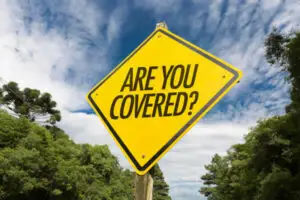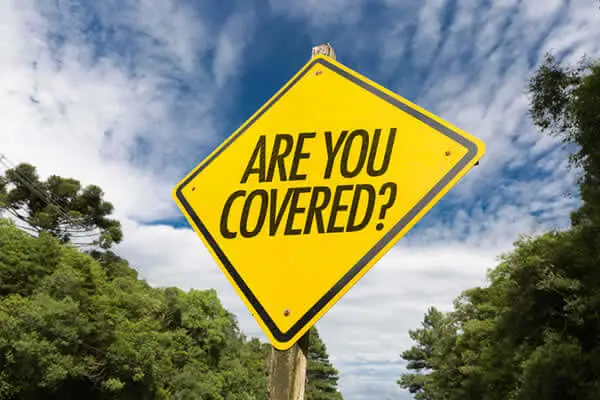When a collision happens, fingers point in opposite directions. But who’s responsible? Learn some of the facts which can affect fault.
In law, there’s the way things look to your common-sense mind, and then there’s the way things actually are in the eyes of the law.
Fortunately for you, you can focus on your recovery from the automobile accident. Police officers determine fault. And sometimes, personal injury attorneys have to battle with insurers and the courts to get a fair legal outcome for you.
Of course, we can’t determine who’s at fault without knowing all the specific facts of a certain auto accident.
However, you can learn some factors and who’s typically at fault in the common car accident types discussed below:
- Head-On Collisions
If you’re involved in a head-on collision, the driver on the wrong side of the road will be at fault.
Head-on accidents happen when drivers pass but misjudge the amount of distance needed to do so. The driver could also be drunk, high, distracted, mentally ill, or fatigued.
Injuries and damage are almost always serious, unless you and the other driver are going unusually low speeds.
Usually, fault with head-on collisions is obvious. But sometimes, you have roads with no central markings, which can confuse the issue.
- T-Bones/Side Impacts
These accidents happen most frequently at stop lights or stop signs where one driver blows right through, or just rolls through the light or sign.
Fault can be fairly complicated to prove in these accidents. Typically, the other driver claims they had right of way and that you were at fault.
One way to possibly disprove their claim would be to record the time of you accident to the minute. Authorities can then compare this time to a traffic light’s automated programming and then prove (or disprove) your version of the story.
Another factor can be the condition of the other driver’s car.
Would their brakes have been working correctly with routine maintenance? Or, did they fail because of the manufacturer’s negligence?
Proving fault can be messy in a t-bone accident.
- Rear-End Accidents
Unlike t-bone accidents, proving fault is usually much clearer and easier with rear-end accidents. In the vast majority of cases, the driver who did the rear-ending will be at fault.
Usually, it’s because they’re distracted in some way.
They almost always have at least partial fault because they should have been following from a farther distance or at a slower speed.
However, the driver who gets rear-ended can be partially at fault sometimes also. For example, this may be the case if you stop to make a turn and fail to make the turn. Or, maybe your brake lights aren’t working. Or, you have a flat tire but fail to turn your emergency hazard lights on.
Proving fault isn’t always as obvious as it first seems. And you can bet insurers and other drivers use this to their advantage when possible.
So, it makes sense to at least run your case by a personal injury attorney first. They can help you understand exactly what damages you may or may not be entitled to by law.
Suggested Reading
How can you avoid the most dangerous types of collisions?
How do courts determine liability in car accidents?









